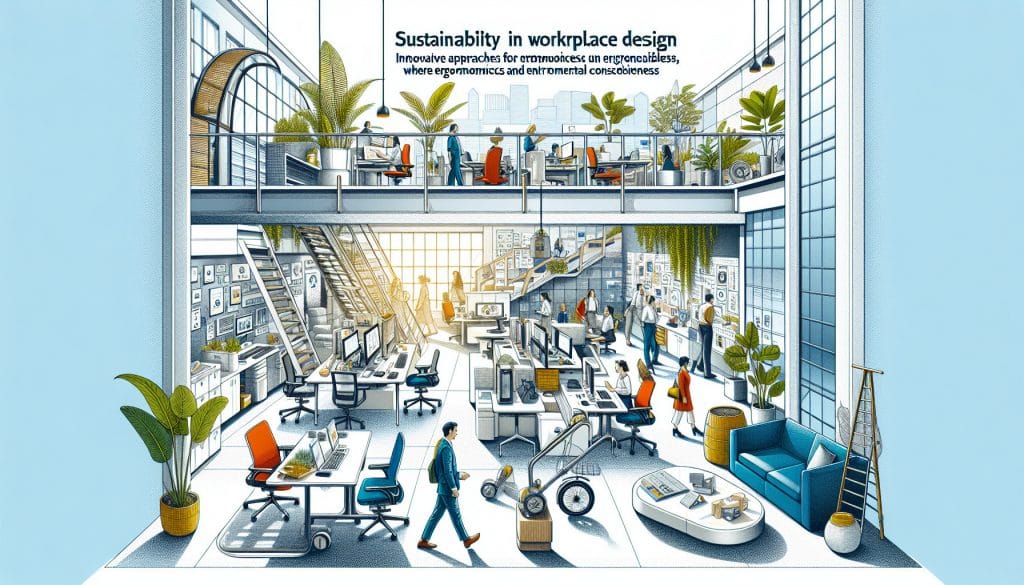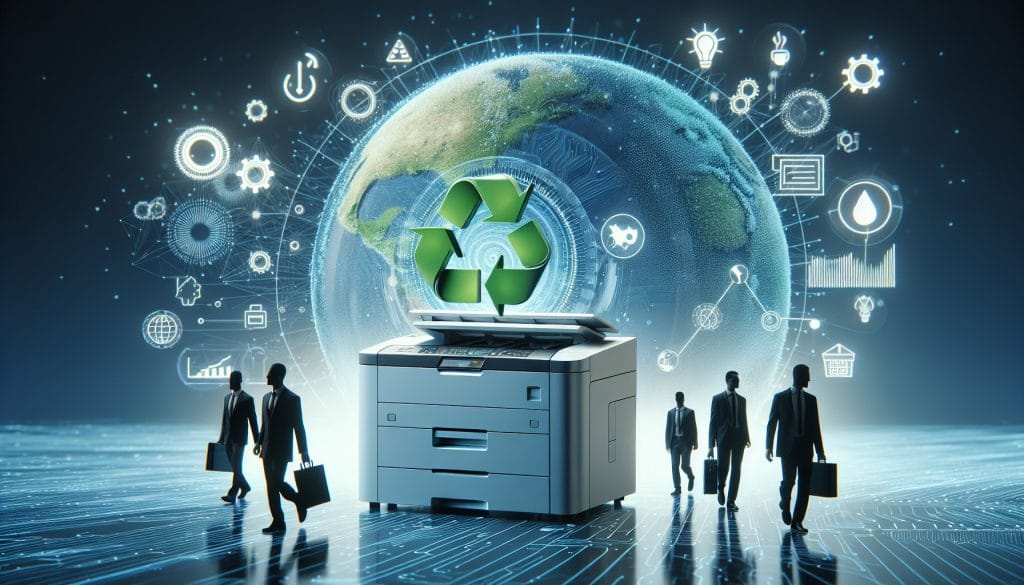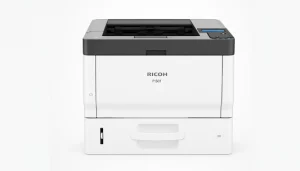The future of printing: Sustainable solutions and innovative technologies for your office needs
In today’s business world, choosing the right printing solutions is crucial. Companies are increasingly looking for efficient and sustainable solutions for their office needs. The search for sustainable printing solutions is driven not only by environmental considerations, but also by cost savings and technological innovations. In this article, we will explore the latest developments in printing technology and the best practices for a sustainable printing environment.
What are sustainable printing solutions?
Sustainable printing solutions refer to printing techniques, materials and practices that are environmentally friendly, save resources and help reduce the ecological footprint. These solutions include, but are not limited to:
- use of recycled materials
- Resource-saving printing technologies
- Reusable printed products
- Energy-efficient printing systems
Given the high amount of paper, ink and energy invested in printing processes, the application of sustainable practices in companies is essential. According to a study by Federal Environment Agency German companies consume over 500 million tons of paper every year, which represents a considerable expenditure of resources.
Innovative technologies for sustainable printing
The technologies behind the sustainable printing solutions have evolved tremendously. Here are some of the most notable innovations:
- Digital printing techniques: Digital printers require fewer resources than traditional printing methods and allow for instant adjustment of print jobs.
- 3D printing: This technology uses materials more efficiently and can produce products on demand, reducing waste.
- Eco-Toner: Companies like Ricoh offer products like Original Ricoh Toner MP C2551 Magenta based on environmentally friendly materials.
- Cloud printing solutions: These enable easy management of print jobs and reduce the need for local print reserves.
The combination of these technologies not only ensures optimized print quality, but also lower operating costs and reduced environmental impact.
Reduce paper waste
One of the biggest challenges in print management is paper waste. However, companies can significantly reduce the amount of paper wasted by taking several measures. These include:
- Double-sided printing: Standardize double-sided printing to reduce paper consumption by up to 50%.
- Document management: Use digital storage solutions to reduce the need for physical paper.
- Raising awareness: Train employees on sustainable printing practices.
Statistics show that by implementing these measures, companies can save up to 30% of their paper costs. These savings come not only from the reduction in consumption costs, but also from the savings in storage space and disposal costs.


The paper market and sustainable procurement
Choosing the right paper also plays an important role in the implementation sustainable printing solutionsCompanies should look for paper that meets the following criteria:
- recycled content
- FSC certification (Forest Stewardship Council)
- Environmentally friendly production
A recent market analysis shows that the consumption of recycled paper has increased by 25% over the last five years. Companies that implement sustainable procurement policies can not only reduce their costs but also gain a competitive advantage through increased customer transparency.
The importance of resource conservation
Resource conservation is more than just a trend; it is increasingly becoming the norm in the business world. This includes not only paper, but also ink and hardware. Here are some best practices:
- Sustainable inks: The use of plant-based inks helps reduce carbon emissions. Original Ricoh B027-1346 is an example of environmentally friendly products that help minimize the ecological footprint in the office.
- Energy efficient printers: Invest in printers that have Energy Star certifications.
- Tour and maintenance: Regular maintenance ensures that devices work efficiently and reduce energy consumption.
Implementing these solutions not only helps reduce costs but also build a responsible corporate image.
Examples of sustainable printing solutions
Some companies have already developed innovative sustainable printing solutions implemented. Here are some inspiring case studies:
- Company A: A company reduced its paper consumption by 40% by implementing digital document archiving and double-sided printing of documents.
- Company B: This company has switched to a sustainable ink production line and now uses plant-based ink, resulting in a 30% reduction in CO2 emissions.
- Company C: By using cloud printing solutions, the company was able to reduce printing costs by 20%.
These case studies demonstrate that sustainable practices are not only environmentally friendly but also have a positive economic impact.
Conclusion
The future of printing undoubtedly lies in sustainable solutions. Companies that are committed to sustainable printing solutions not only position themselves as environmentally conscious, but also benefit from cost savings and operational efficiency gains. Innovative technologies, such as digital printing methods and environmentally friendly materials, offer numerous opportunities to reduce environmental impact. Switching to sustainable printing solutions is not only a matter of responsibility, but also represents a brilliant opportunity for a sustainable business.














